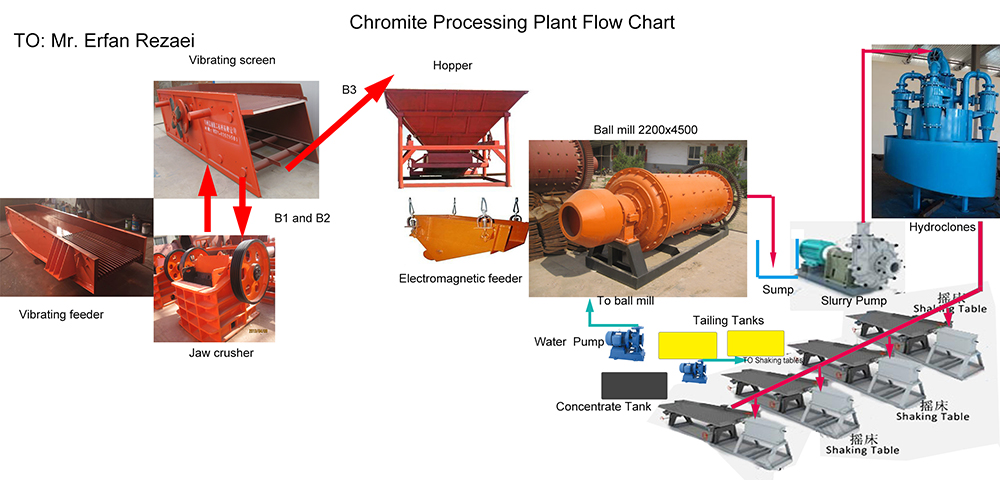(1) The definition of mining work – it refers to the mining of the roadway in the mine that has been developed. The stage is divided into ore blocks as independent recovery units. In the ore block, conditions such as pedestrian, rock drilling, ore-mining and ventilation are created. 2 Create conditions – it creates conditions for the next step of mining (pedestrians, ventilation, rock drilling, mining, etc.). 1) The purpose of using the acquisition coefficient and the accuracy ratio: Due to the different conditions of the deposit and the mining method used, the type, number and location of the tunnels to be mined are different. And what is used to measure the size of the workload? To this end, it is usually expressed by two indicators: the acquisition coefficient and the acquisition weight. K1 refers to the number of meters of the roadway that is required to be mined in each thousand tons of ore. That is K1= Where: ΣL——refers to the length (meter) of the cutting lane in a mining block. T——refers to the total amount of ore mined in one ore (ie total T) (tonnes) T is the total amount of ore after depletion of ore loss has been considered, not the total weight of the ore. Now the design department has changed to use T to calculate K1). 3) Proportion of work (K2) K2 refers to the ratio of the amount of ore mined in the excavation road to the total amount of ore mined in the excavation. T' in the formula - the amount of ore produced in the mining roadway (ton); T - the total amount of ore recovered in the ore (ton) 4) Comparison of K1 and K2 1 The acquisition factor K1 - it only reflects the length of the mining roadway, but does not reflect the section size (ie volume) of these roadways. 2 The proportion of work-acquisition K2—it reflects only the in-pulse mining lanes and cutting lanes, but does not reflect the working volume of the cutting lanes outside the veins. Therefore, the use of K1 or K2 depends on the specific situation, sometimes expressed as one of them, sometimes K1, K2 are used at the same time, complement each other, so that it will reflect the mining workload of the ore. 5) K1 and K2 are important indicators for comparing the advantages and disadvantages of mining methods. However, for deposits with complex geological conditions, especially when the ore body is relatively small, the mining volume is relatively small, and the mining work must create for the mining work. good conditions. Therefore, it is impossible to mistakenly enter the calibration without analysis, and the smaller the workload, the better.
Gravity Ore Processing Plant or Ore washing plant is a relatively environmental solution compared to Flotation Process, this solution is to separate the ore from its gangue by gravity differences. After grinding and classifying, the ore is liberated from the gangue, but their gravity is different, so the ore can be separated by adding water. From the introduction we can find that gravity ore dressing solution mainly used to mines with heavy specific gravity in water, sometimes it can be used for pre-processing to remove some impurities, such as clay, to increase the efficiency and higher concentrate grade.
Gravity Processing Plant,Gravity Separator,Gravity Separation,Gravity Processing Machine Henan Mingyuan Heavy Industrial Machinery Company Co., LTD. , https://www.heavyequipmentchina.com
(2) The task of picking work - it has two tasks. which is:
1 Dividing the ore nugget - the stage is subdivided into nuggets, and the operation is independent of the mining unit. 

(3) Means of approving work – refers to the development of a series of roadways. Picking lanes such as funnel necks, mines, pedestrians, ventilated patios, and liaisons. 
(4) Acquisition coefficient and accuracy ratio
2) Acquisition coefficient (K1)  L/T × 1000 m / kg
L/T × 1000 m / kg  K2=T'/T ×100%
K2=T'/T ×100%

(2) Approved work
December 14, 2019